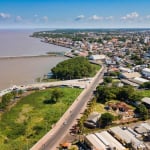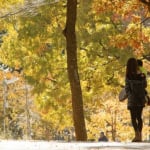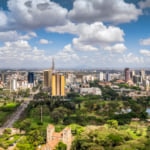Name: Mashike Station
Address: Benten-cho 1, Mashike-cho, Mashike District, Hokkaido, Japan
Official/Related Site URL: hhttps://bit.ly/2Sb1YNl
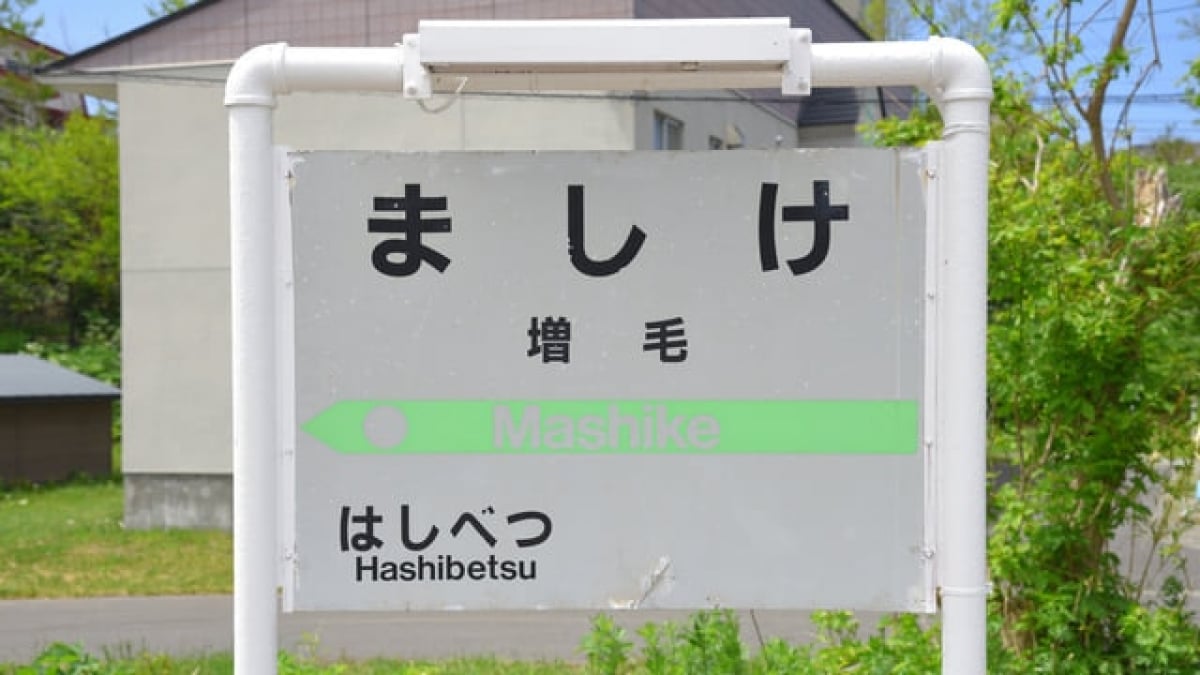
10 Recommended Tourist Spots in Mashike! A Hidden Gem in Hokkaido That You’ll Want to Visit the More You Learn About It!?
Mashike Town is located in the northwestern part of Hokkaido, south of Rumoi City. It once flourished as a port town boasting the highest herring catch in Japan and still holds the national record for the highest catch of botan shrimp. The town is known for its breathtaking natural scenery, including the unchanging Sea of Japan and Mount Shokanbetsu, as well as historical buildings such as the former Honma Family Merchant House and the old Mashike Elementary School. Most of all, it is a tourist destination famous for its fresh seafood. In this article, we will introduce 10 must-visit attractions in Mashike Town, a hidden gem full of fascinating sights!
table of contents
[x] close
10 Recommended Tourist Spots in Mashike! A Hidden Gem in Hokkaido That You’ll Want to Visit the More You Learn About It!?
1. Mashike Station
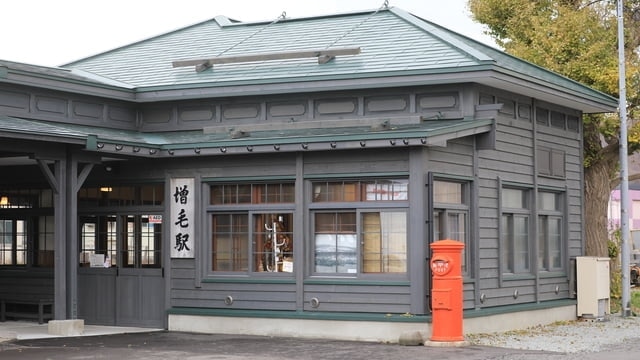
Mashike Station was the terminal station of the Rumoi Main Line until 2016. It is well known as the setting for the movie Station (Eki) starring Ken Takakura, and even though the Rumoi-Mashike section has been discontinued, many visitors still come to this historical spot.
After the closure of the railway line, the station building, which had been reduced to about half its original size in 1984 when it became an unmanned station, was restored by Mashike Town. They reconstructed the station’s exterior to resemble its original appearance from when it first opened in 1921. The newly restored Mashike Station opened in 2018 as a new tourist attraction. Inside the station, which has a nostalgic Taisho-era retro atmosphere, you can find panel exhibitions displaying the history of the railway and the station, offering a glimpse into Mashike’s modernization.
Nearby, there is also a tourist information center located in the former Tada Store, which was used as the "Kazemachi Shokudo" (Wind-Waiting Diner) in the movie. Inside, a replica of the set for the izakaya Kiriko, another key location in the film, is displayed, evoking a sense of nostalgia. Since Mashike Station was once the gateway to Mashike tourism, be sure to stop by and visit this historic site.
2. Former Honma Family Merchant House

This historic building belonged to the Honma family, a wealthy merchant family that prospered in Mashike during the Meiji era. Under the trade name "Maruichi Honma," the family started as a kimono merchant and later expanded into various industries, including herring fishing, shipping, and sake brewing. As their business grew, their home and store were expanded, resulting in the grand architectural structure that remains today.
The building is not only notable for its size but also for its intricate details. Each roof tile is engraved with the family crest, and the walls and gate pillars feature Western-style decorations, highlighting the luxurious craftsmanship. The grandeur of the building reflects the prosperity of Mashike in its heyday. In December 2003, this traditional structure was designated as an Important Cultural Property. If you want to experience Mashike’s rich history, this is a must-visit tourist spot.
Name: Former Honma Family Merchant House
Address: Benten-cho 1-27, Mashike-cho, Mashike District, Hokkaido, Japan
Official/Related Site URL: http://honmake.blogspot.jp/
3. Kunimare Sake Brewery
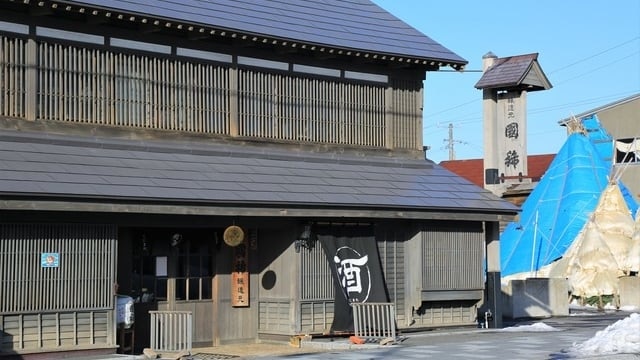
"Kunimare" is known as the northernmost sake brewery in Japan. It was founded in 1882 by the Maruichi Honma family, and its stone-built Kunimare Sengokugura was designated as an Important Cultural Property in 2003. The brewery’s signature brand, "Kunimare," is a masterpiece crafted using the underground water of Mount Shokanbetsu and traditional brewing methods.
At the brewery, visitors can enjoy sake tasting and explore the museum, which exhibits sake-making tools and drinking vessels. If you bring your own container, you can also take home some of the brewing water, allowing even non-drinkers to experience the natural blessings of Mashike.
Since the brewery can be toured without a reservation, be sure to stop by Japan’s northernmost sake brewery when visiting Mashike.
Name: Kunimare Sake Brewery
Address: Inaba-cho 1-17, Mashike-cho, Mashike District, Hokkaido, Japan
Official/Related Site URL: http://www.kunimare.co.jp/
4. Former Mashike Elementary School
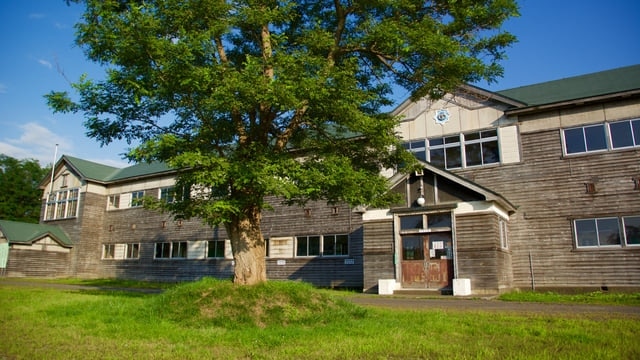
Built in 1936, this is the oldest and largest wooden school building in Hokkaido. It remained in use as an elementary school until March 2012. Today, it has been designated as a "Hokkaido Heritage" site and is preserved as an important tourist attraction in Mashike.
Although it is a wooden structure, it was designed to withstand Hokkaido’s heavy snowfall with features such as buttresses and a truss framework. While the interior is not open to the public, its massive size alone is sure to impress visitors.
Name: Former Mashike Elementary School
Address: Miharashi-cho 120, Mashike-cho, Mashike District, Hokkaido, Japan
Official/Related Site URL: http://urx.red/yPKf
5. Mount Shokanbetsu
Standing majestically to the south of Mashike, Mount Shokanbetsu is a renowned peak selected as one of Japan's 200 Famous Mountains and Hokkaido's 100 Famous Mountains. On clear days, visitors can enjoy breathtaking panoramic views from the summit, overlooking the Shakotan Peninsula, the Daisetsuzan mountain range, Mount Yotei, and even Rishiri Fuji, covering the western half of Hokkaido.
Mount Shokanbetsu is also famous for its rich alpine flora. In mainland Japan, alpine plants typically only grow above 2,500 meters in elevation, but due to Hokkaido’s northern latitude, these plants can be found starting at around 1,000 meters. Near the 1,400-meter summit of Mount Shokanbetsu, over 100 species of alpine plants bloom simultaneously between mid-June and mid-August, creating a spectacular sight for hikers and tourists alike.
On the Mashike side of the mountain, there are two hiking routes: the Shokan Route and the Hashibetsu Route.
Shokan Route: Takes approximately 4.5 hours from the trailhead to the summit. Along the way, you will pass Takimidai (a waterfall viewpoint) around the 7th station and Senpu-iwa (Wind Fan Rock) around the 8th station. From Senpu-iwa, numerous waterfalls can be seen cascading down the western ridges of the mountain during the snowmelt season. The trail becomes much steeper from the 9th station onward, making the final stretch suitable for experienced climbers.
Hashibetsu Route: Starts at a slightly higher elevation than the Shokan Route and has a more gradual incline. The hike to the summit takes about 4 hours. The path up to the 7th station is quite monotonous, but from there, hikers can enjoy ocean views and flower meadows. The flower fields continue all the way to the summit, offering an even more impressive landscape during peak bloom. This route is beginner-friendly and enjoyable.
While hiking, you might notice areas where flowers have been dug up—this is not the work of humans but of bears. Since bear encounters are possible, it's recommended to carry a bear bell and stay alert. Also, be sure to wear appropriate clothing to protect against mosquitoes and horseflies.
Name: Mount Shokanbetsu
Address: Mashike District, Mashike Town / Uryu District, Uryu Town, Hokuryu Town / Kabato District, Shintotsukawa Town, Hokkaido, Japan
Official/Related Site URL: http://urx.red/yPKg
6. Cape Ofuyu Observatory & Rock Park
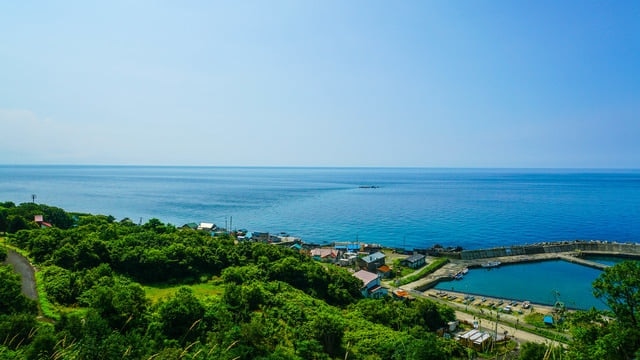
The Ofuyu area was once known as an "isolated land island." Until the opening of a national highway in 1981, the only connection to other regions was a single round-trip ferry between Mashike and Ofuyu per day. However, its operation was unstable, depending on sea conditions. Because of this, Ofuyu remained one of Hokkaido's hidden gems for a long time.
Nowadays, the Ororon Line, a scenic coastal road, has been developed along the cliffs, making it easier for tourists to visit. The most captivating spot in Ofuyu is Cape Ofuyu, which rises behind the settlement. From the Cape Ofuyu Observatory, visitors can enjoy stunning views of the Shakotan Peninsula, Teuri Island, and Yagishiri Island on clear days. The observatory is also a fantastic spot to watch the sun set over the Sea of Japan, creating a truly romantic atmosphere.
Nearby, you will also find Shirogane Falls, a waterfall that appears to be almost falling directly into the sea. Surrounded by cliffs and ocean, the view of the waterfall is breathtaking. If you visit Ofuyu, this is definitely a must-see attraction.
Name: Cape Ofuyu Observatory & Rock Park
Address: Ofuyu, Mashike District, Hokkaido, Japan
Official/Related Site URL: http://urx.red/yPKi
7. Mashike Itsukushima Shrine
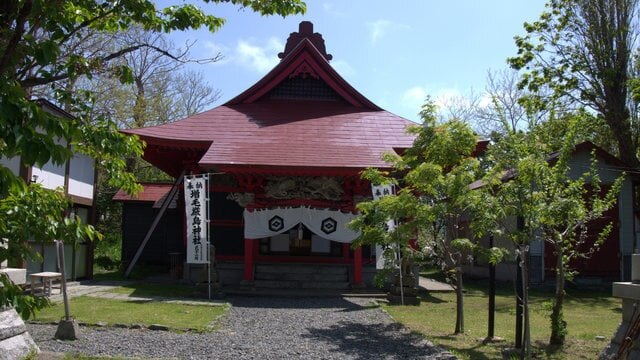
Mashike Itsukushima Shrine was founded in 1816 to enshrine a sacred spirit from Itsukushima Shrine in Miyajima. The current shrine building was constructed in 1901, making it one of the oldest shrines in Hokkaido. The architecture is unique because it is entirely built from zelkova wood in the Sō-keyaki-zukuri style, a rare sight for a shrine.
One of the highlights of the shrine is its intricate decorations. The ceiling painting of a dragon among the clouds was created by Kanō Katsutama, a painter from the renowned Kanō school. Surrounding it, the coffered ceiling paintings were drawn by local artist Hirako Seiryū. Additionally, the delicate wooden carvings on the main shrine were crafted over two years by Shinoda Sōkichi, a skilled sculptor from Kashiwazaki, Niigata.
Every summer, the shrine hosts the Itsukushima Shrine Festival, a lively annual event. If you visit Mashike during this time, you can enjoy the festival atmosphere along with the local community.
Name: Mashike Itsukushima Shrine
Address: 3 Inaba-cho, Mashike District, Hokkaido, Japan
Official/Related Site URL: http://urx.red/yPKj
8. Mashike Town Shokanbetsu Ski Resort
Although Mashike is a small town, it boasts an impressive ski resort—the Mashike Town Shokanbetsu Ski Resort. Conveniently located near Mashike’s city center, the resort offers stunning views of the ocean from its slopes. The ski area features two pair lifts and six courses, including a dynamic course and a snowboard-exclusive course. During the winter season, the resort is bustling with local skiers.
Every February, the resort hosts the Shokanbetsu Ski Resort Festival, featuring unique events such as a giant slide and costumed ski performances in past editions.
Additionally, in January and February, free shuttle buses operate between Mashike Town and Rumoi City, making access even more convenient. Whether you're visiting Mashike or Rumoi during the winter, consider spending a day at Shokanbetsu Ski Resort for some fun in the snow!
Name: Mashike Town Shokanbetsu Ski Resort
Address: 698-1 Shokanzawa, Mashike District, Hokkaido, Japan
Official/Related Site URL: http://www.town.mashike.hokkaido.jp/menu/kanko/ski/syoski.html
9. Riverside Park
Located along the Shokanbetsu River, which flows to the west of Mashike’s city center, Mashike Riverside Park is a 10-hectare park covered with natural grass. It features tennis courts, multipurpose courts, a park golf course, an auto-camping site, and barbecue facilities, making it an excellent spot for outdoor activities.
The auto-camping site provides a variety of options, including tent sites, campervan spaces, and cottages, allowing visitors to enjoy a comfortable night surrounded by Hokkaido’s nature. The barbecue area can accommodate up to 100 people, making it a great choice for large groups. The camping site is open from April to October.
A red suspension bridge connects Mashike’s city center to the park, offering a refreshing view of the Shokanbetsu River. Additionally, the Center House within the park has a restaurant, making it a great place to relax and enjoy the natural beauty of Mashike.
Name: Riverside Park
Address: 459 Bekkari, Mashike District, Hokkaido, Japan
Official/Related Site URL: https://bit.ly/2lxWGMK
10. Nord Marina Mashike
"Nord Marina Mashike" is Hokkaido’s first full-scale public marina, built in Mashike Port. From its stylish clubhouse, designed to resemble a pleasure boat, visitors can enjoy breathtaking views of the sea and harbor. One of the highlights is the stunning sunset over the horizon of the Sea of Japan, which is definitely worth seeing!
The management building also features an observation restaurant. A great travel itinerary would be to sightsee around Mashike during the day and then enjoy dinner at Nord Marina in the evening while admiring the scenery.
Name: Nord Marina Mashike
Address: 35-4 Nakauta, Mashike District, Hokkaido, Japan
Official/Related Site URL: http://urx.red/yPKo
◎ Summary
This article introduced 11 recommended tourist spots in Mashike. The town offers a mix of historic buildings, newly repurposed sites like old railway lines, and scenic spots showcasing Hokkaido’s natural beauty.
Beyond its attractions, Mashike is also known for its delicious seafood and mountain produce, its charming atmosphere, and the warmth of its people. Interestingly, since the name "Mashike" (増毛) can also be read as "zoumou" (which means "hair growth" in Japanese), many visitors come here due to hair-related concerns!
Why not take a trip to Mashike Town and explore its many wonders for yourself?
RELATED ARTICLES
REGIONS
CATEGORIES
FEATURED ON Japan
-
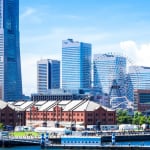
What is Yokohama Sea Bass?|Introducing Fares and Sightseeing Routes!
-
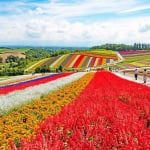
Where will you go for the summer vacation? Introducing recommended spots for domestic travel
-
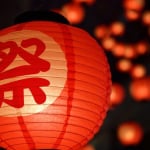
4 Selected Festivals in the Nakano Area! Let’s Go to the Hikawa Shrine Grand Festival!
-

A little different!? 3 Recommended Souvenirs from Ōwani Town, Aomori Prefecture Featuring Addictive Bean Sprouts!
-
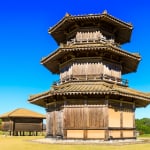
Reviving the Ancient Mountain Castle! Introducing the Kikuchi Castle Ruins, a Tourist Spot in Kikuchi City, Kumamoto Prefecture
MOST POPULAR ON Japan
-
 1
1Doha: Must-see Attractions in the Capital of Qatar
-
 2
2Toronto: 10 Things to do in this Picturesque Canadian City
-
 3
3Amarillo: A City Famous for It’s Amazing Canyons, Great History and Music
-
 4
4South Korea: Dazzling Scenery, Rich Culture and Fascinating History
-
 5
5Kuwait: A Country in Middle East Asia Famous for Hot Sand Dunes and Stunning Cityscape


